Introduction to Big Cats

Big cats are among the most fascinating and powerful animals on the planet. Found across various regions, they have adapted to different environments and developed unique characteristics that make them formidable predators. These majestic creatures are not just beautiful; they are apex predators that play a crucial role in maintaining the balance of their ecosystems. However, their power and hunting prowess can pose significant threats to humans and other animals. This article explores some of the most dangerous big cats in the wild.
The Mighty Lion
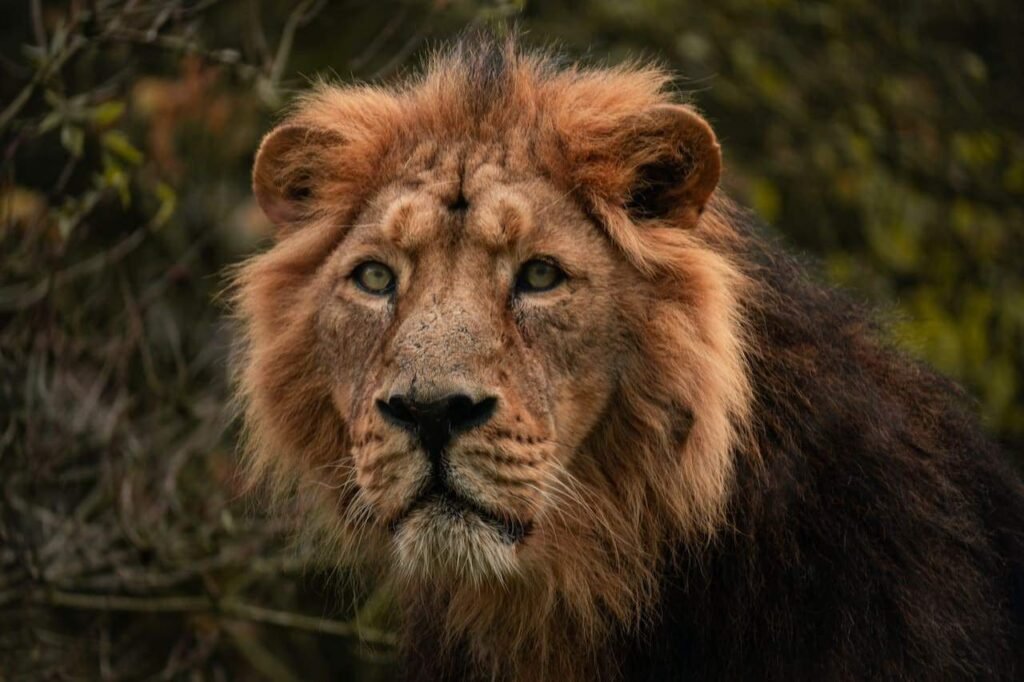
Often referred to as the “King of the Jungle,” lions are social predators that live in prides. They are native to Africa and parts of Asia. Male lions, with their impressive manes, are easily recognizable, while females are the primary hunters. Lions are known for their cooperative hunting techniques and are capable of taking down large prey, such as buffalo and zebra. Despite their majestic appearance, lions can be dangerous to humans, especially when defending their territory or during periods of food scarcity.
The Solitary Tiger
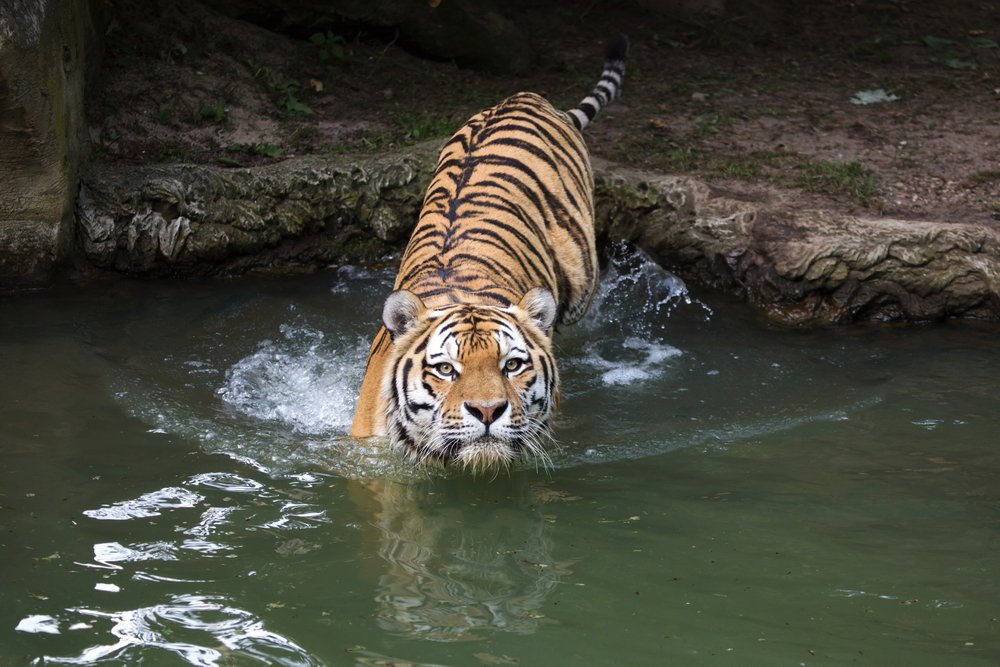
Tigers are the largest of the big cats, found primarily in Asia. They are solitary hunters, relying on stealth and power to ambush their prey. The Bengal tiger, in particular, is notorious for its strength and has a history of attacking humans, especially in areas where their habitat overlaps with human settlements. The tiger’s adaptability and sheer power make it one of the most dangerous big cats in the wild.
The Elusive Leopard
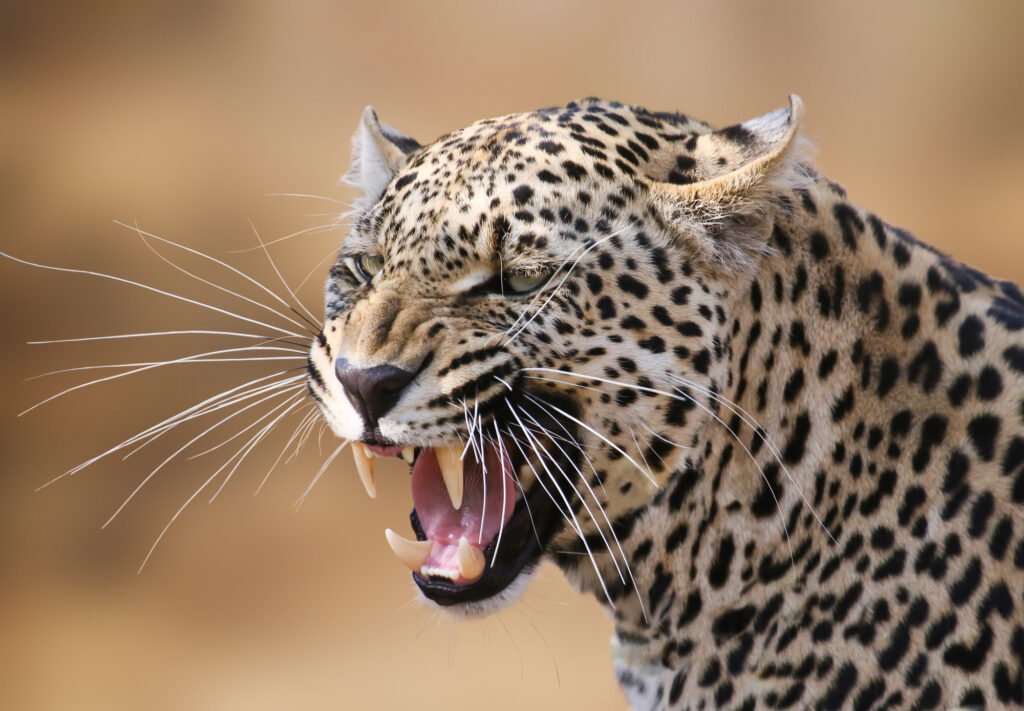
Leopards are known for their adaptability and stealth. They are found in sub-Saharan Africa, parts of Asia, and the Middle East. Their ability to survive in various habitats, from savannas to rainforests, makes them remarkable predators. Leopards often hunt at night and are capable of taking down prey larger than themselves. They are known to be occasionally aggressive toward humans, especially if cornered or threatened.
The Speedy Cheetah
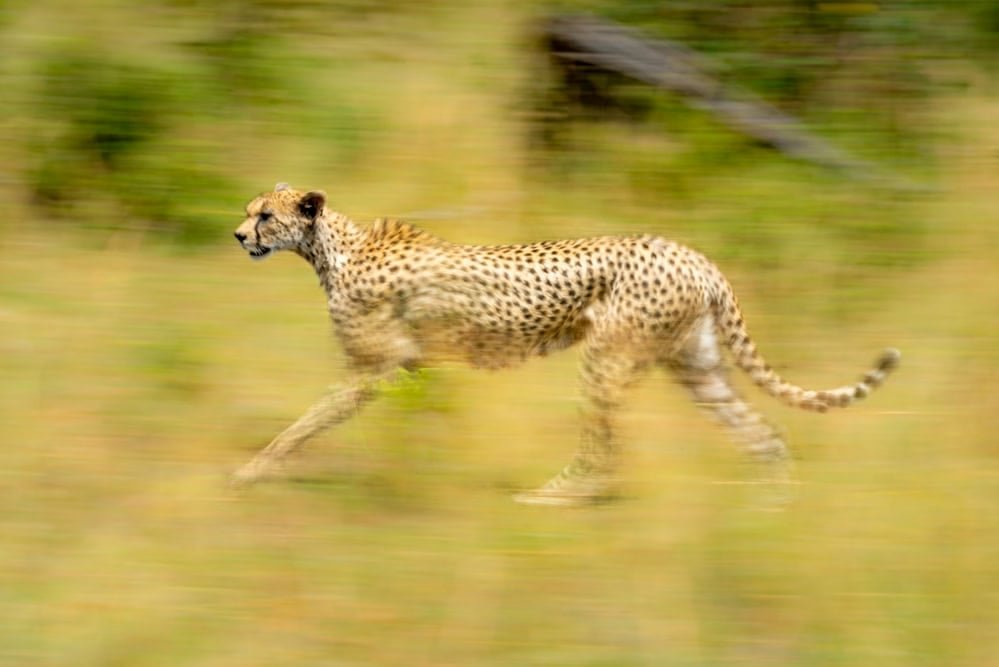
Cheetahs are renowned for their incredible speed, capable of reaching speeds up to 60 miles per hour. They primarily hunt in the African savanna, relying on their speed to outrun prey. Although not as dangerous to humans as some other big cats due to their generally shy nature, they are formidable hunters and can pose threats if provoked or cornered.
The Stealthy Puma

Also known as cougars or mountain lions, pumas are native to the Americas and are highly adaptable to different environments. They are solitary and primarily hunt deer and smaller mammals. Pumas are known for their stealth and ability to adapt to various habitats, from mountains to deserts. While attacks on humans are rare, they have been known to defend their territory or young aggressively.
The Strong Jaguar
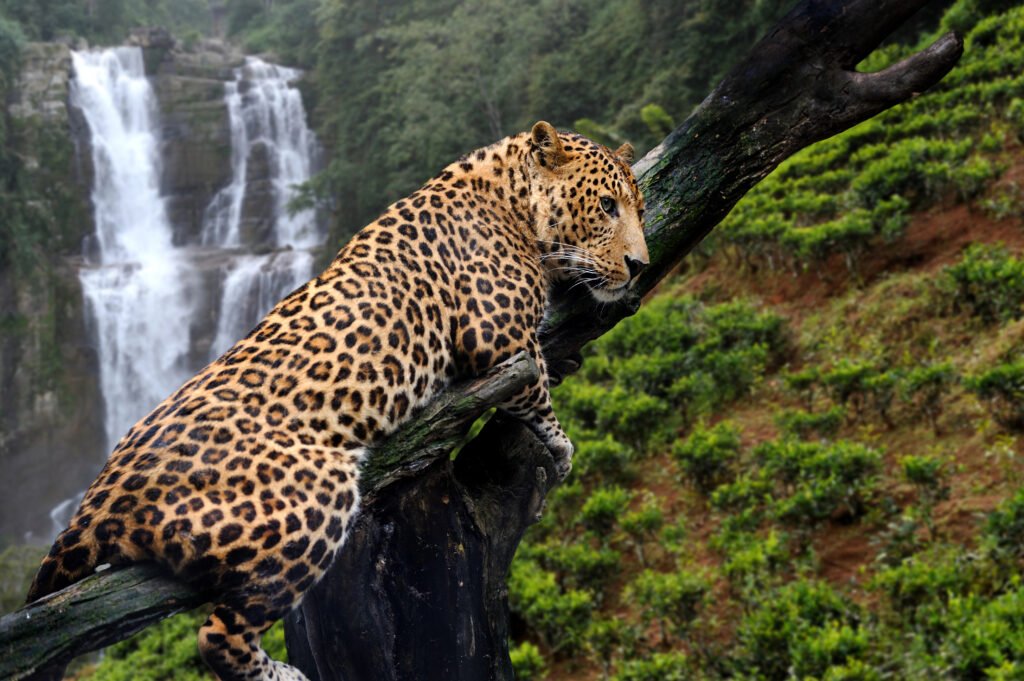
Jaguars are the only big cats found in the Americas and are known for their incredible strength and powerful jaws. They inhabit the rainforests of Central and South America. Jaguars are solitary hunters capable of taking down large prey, including caimans and deer. While they generally avoid human contact, their strength and predatory nature make them potentially dangerous.
The Rare Snow Leopard
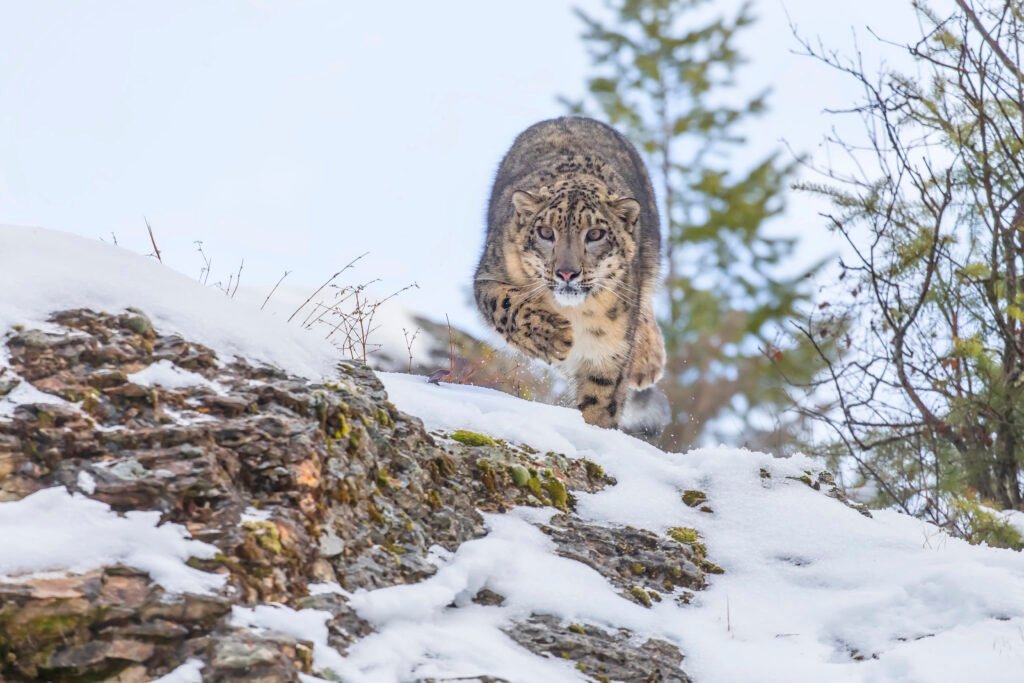
Snow leopards are elusive big cats found in the mountainous regions of Central and South Asia. They are perfectly adapted to cold environments, with their thick fur and powerful build. Known for their solitary nature, snow leopards are rare and primarily hunt mountain sheep and goats. Human encounters are rare due to their remote habitat, but they can be protective of their territory and young.
The Mysterious Clouded Leopard
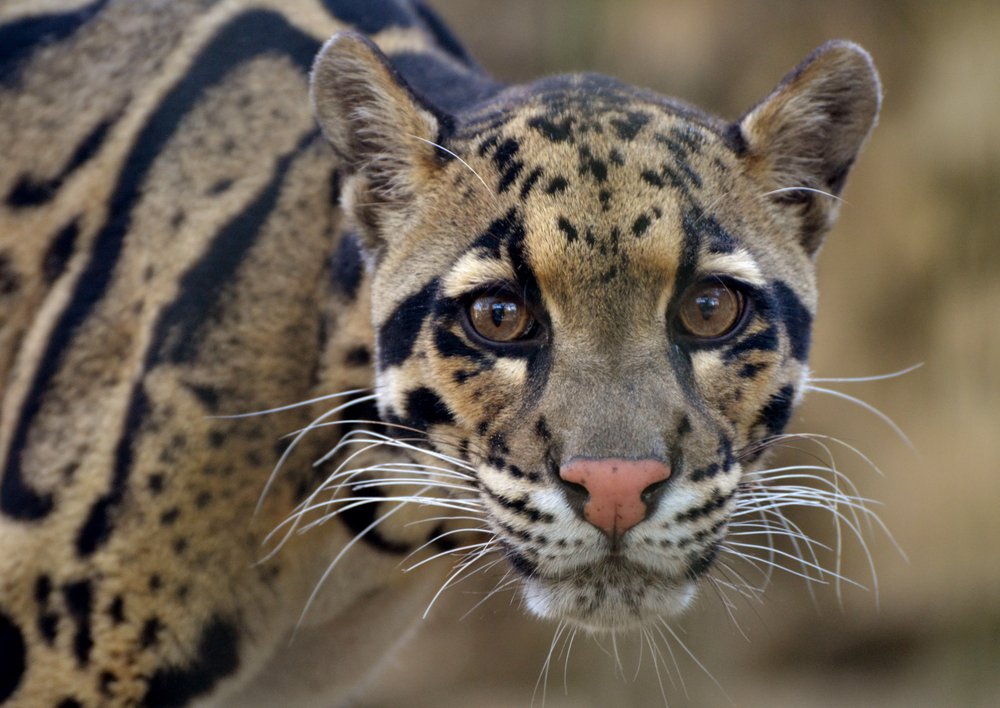
Clouded leopards inhabit Southeast Asia and are known for their strikingly beautiful coats and long canine teeth. These medium-sized big cats are reclusive and primarily arboreal, spending much of their time in trees. They feed on a variety of animals, including birds, monkeys, and deer. While they are not typically dangerous to humans due to their solitary and shy nature, their powerful build indicates they could pose a threat if provoked.
Conservation and Coexistence
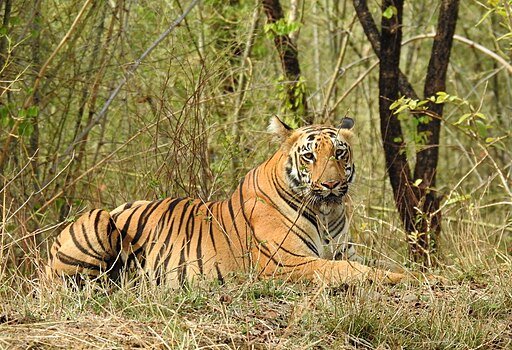
Many big cat species face threats from habitat loss, poaching, and human-wildlife conflict. Conservation efforts are crucial to ensure their survival. Encouraging coexistence between humans and big cats can help reduce conflicts and protect these magnificent creatures. Strategies like securing livestock, educational programs, and establishing protected areas are important for their conservation.
Conclusion
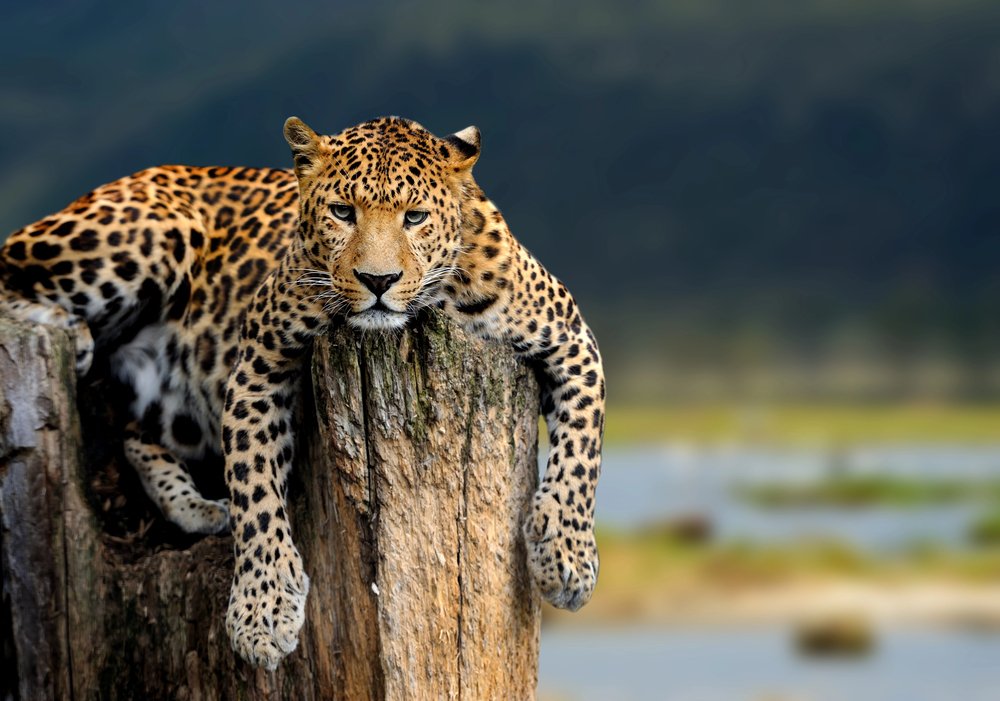
The big cats of the world are awe-inspiring, each possessing unique traits that make them top predators. While they can be dangerous, understanding their behavior and ecology can help mitigate conflicts and promote coexistence. Protecting these majestic animals ensures the health of ecosystems and the biodiversity of our planet. By respecting their space and implementing effective conservation strategies, we can help secure a future where both humans and big cats thrive.

Growing up traveling and experiencing new cultures and wonders, I have had a passion for nature, adventuring, photography, and videography. I am currently working towards a BSc in Biodiversity and Ecology at Stellenbosch University, and I hope to specialise in Marine Sciences one day.
Please send any feedback to Feedback@animalsaroundtheglobe.com







I have never seen a lion in my life.